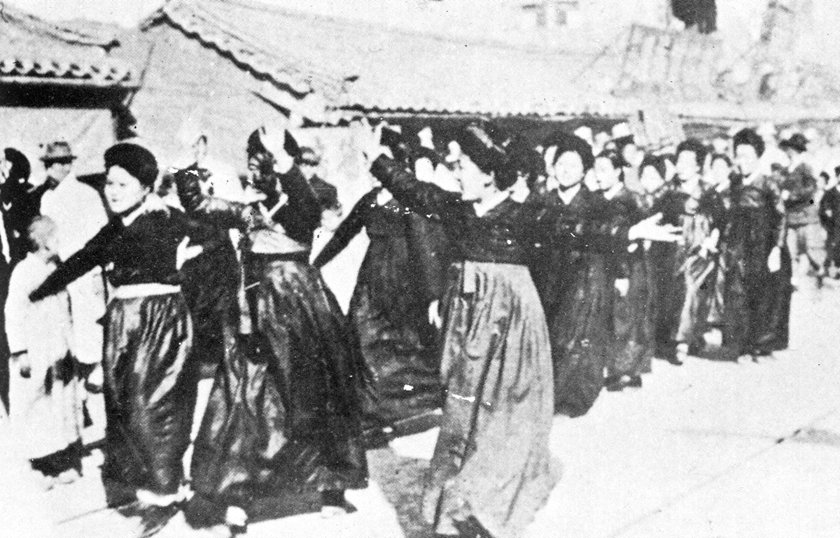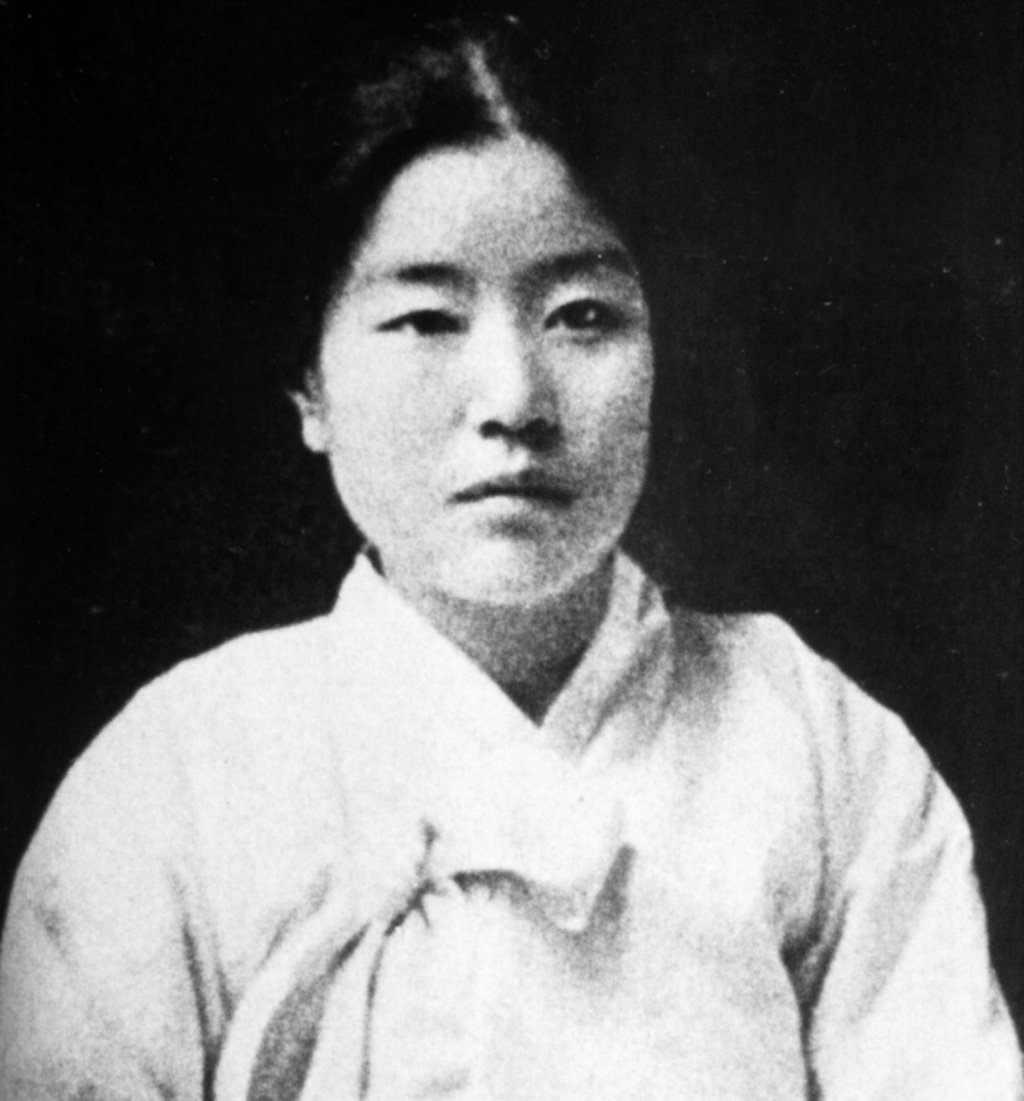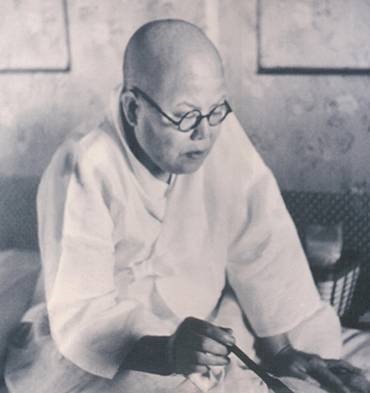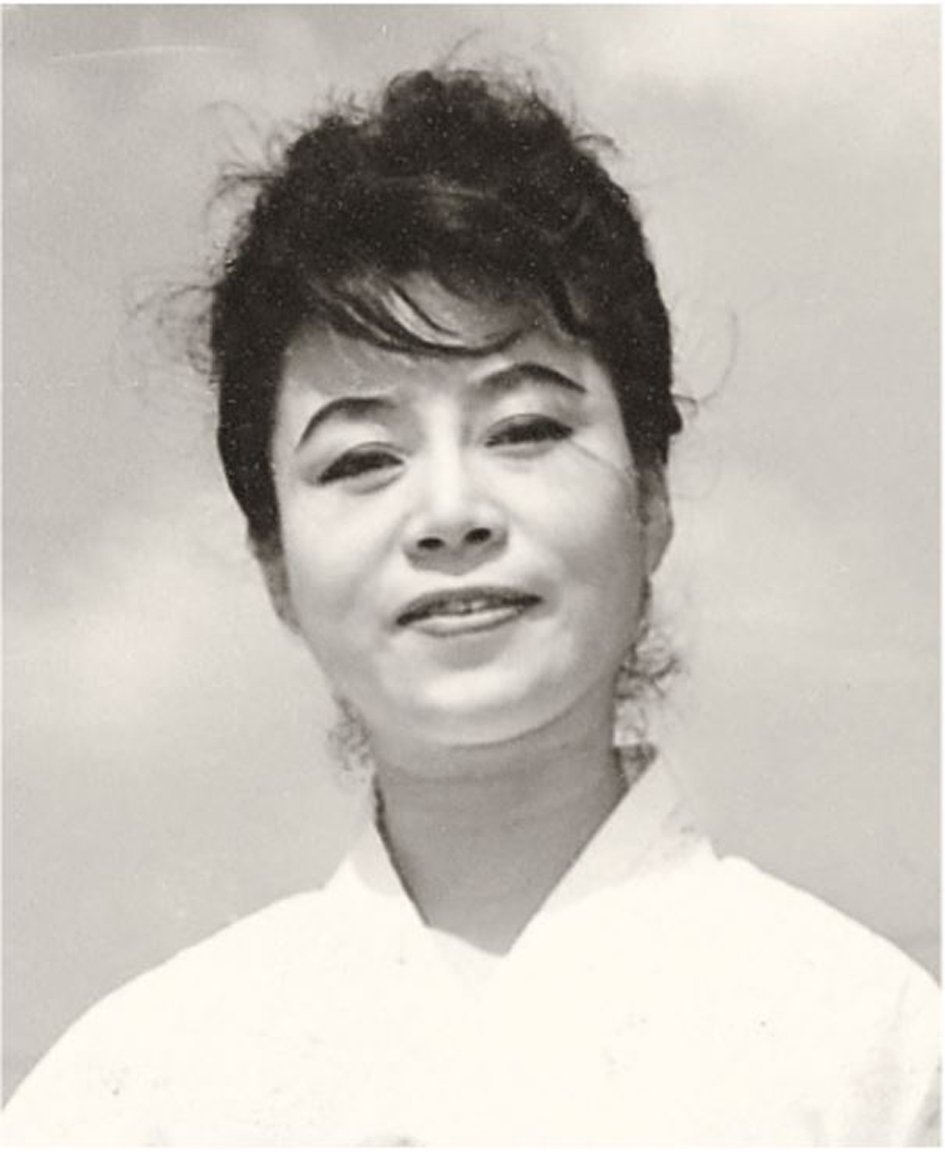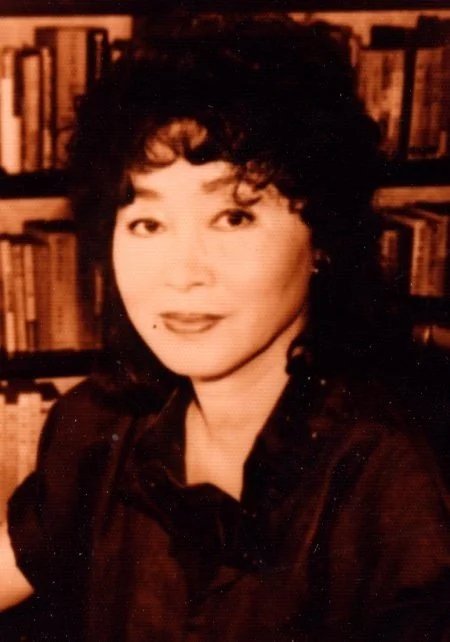History
With the research involved throughout this thesis, it becomes increasingly evident the need to look at Korean history, not only from the colonial period’s politics, but how this bled into heavily patriarchal and Confucian ideologies already in place before the arrival of the Japanese into Korea. These trends would continue even after colonialism ended in the peninsula, and the waning days of the Korean War produced new kinds of thinking and understanding about the collective trauma faced by those living within the region. To best understand and analyze the resultant data, it is necessary to understand and be mindful of the historical and cultural contexts of these narratives.
By using texts by scholars and academics that conducted broader historical research on the Korean War, Japanese settler colonialism in the Korean peninsula, and Korean women’s literary history in the contemporary era, I was able to flesh out these concepts even further, pointing to how and why this research is critical and important today, especially in English language academic work. Digital humanities is still a relatively new field, and by wielding some of its potential, scholars can dig deeper into how trends, images, and symbols can be evoked by writers over a broader period of time.
Please note that this is not a comprehensive history; it is encouraged to do more research on your own.
Image: Photographer Unknown, female students during the March 1st Movement.
The Joseon Dynasty (1392-1897)
-
Joseon as formally established in 1392, and replaced the Korean Empire. Throughout its early history, it had to fend off invasions from its neighbors in China and Japan, while also introducing ore Buddhism into the peninsula. After invasion attempts in the early 1600s, the monarchy established an isolationist policy.
-
Under Confucian ideals, women were expected to be filial and loyal to the patriarchal heads of their home. Yangban women, who were of the aristocratic class, found their lives heavily restricted. As hangul was introduced as a mode of language for Koreans, it was mainly adopted by women and the poor. Romance novels were also mainly consumed by these women who could read; educated men still studied and wrote in the Chinese systems.
Kisaengs, who were women courtesans trained in the arts, were also considered one of the lowest class ranks, or cheonmin. -
In 1876, the Treaty of Ganghwa was signed, albeit reluctantly from Joseon officials. This forced Joseon to open three of its ports, and granted the Japanese extraterritoriality. From here, the Japanese continued to exert their influence in Joseon politics and life, despite increasing sentiments from Koreans about said influences.
As the peasants increasingly began to revolt, a war between Japan and China happened within Joseon’s borders, especially after the Japanese stormed Gyeongbokgung Palace in 1894.
In 1895, the Japanese orchestrated the assassination of Queen Myeongsong in the palace. The Qing Dynasty then acknowledged a year later that Korea was independent from China, setting the stage for increasing Japanese influence.
In 1905, Korea became a protectorate of Japan, and in 1910, it was officially annexed.
The Colonial Period (1910-1945)
-
In 1910, Korea was officially annexed by Japan. Almost immediately, more Japanese settlers began arriving in the country looking for opportunities. Eventually, more Koreans would also come to Japan in search of more opportunities, becoming the Zainichi.
While Koreans had rights to their land by the 1920s, the Japanese began their quest of modernizing Korea. This involved increasing industrialization capacities, as well as building more “modern” inventions within the cities, such as department stores.
The Japanese attitude towards Koreans, and its other colonial subjects, were that they considered them to be backwards. Japanese culture was a way to move forward for such groups and classes, hence why assimilation was as end goal.
As more Koreans began to pursue an education in Japan, they began organizing associations to fight for Korean rights. While less schools were available domestically for Koreans, if they could afford it they would go to Japan. All three of the colonial writers studied throughout this process were some of the first women to be educated in such a way.
In 1919, the March 1st Movement began. As Koreans were increasingly expected to assimilate into Japanese culture and society, this began as a series of protests calling for Korean liberation. Approximately 7,500 people were killed, 16,000 wounded, and 46,000 arrested.
-
During the 1920s, Japanese policies towards assimilation had relaxed somewhat after the crackdown that happened during the March 1st Movement. However, at the end of this period the relaxation began to turn into a complete crackdown.
It was in this period that an increasing number of women began to receive their education and become more literate. An increasing number of women also began to pursue their education abroad in Japan, but also at schools like Ewha.
Schools would often teach in the Japanese style, and students would learn Japanese rather than Korean. The 1920s were a prolific time for New Woman writers and activists advocating for women’s rights, although the Confucian and patriarchal ideals remained dominant in intellectual and political circles.
The Japanese also continued collecting and taking away Korean artifact, tearing down traditional structure and palaces in favor of new new, Japanese-inspired ones. Korean activist and resistance groups became increasingly active, especially abroad in China and Manchuria.
-
It was in the 1930s that the Japanese turned to war, but also began violently cracking down on Korean culture and society. Assimilation was considered the end goal, and in 1939 the law stating that Korean couldn’t have Japanese last name was overturned. Many were forced to adopt Japanese names in order to have access to rations.
Military rule in Korea began in 1931; it was a response to the Korean resistance efforts abroad. Korea, considered a bread basket of the colonies, was a large supplier of Japanese grain during the war efforts.
The 1930s would not be a kind time for the women of the 1920s who were activists. Prominent New Woman writer were shamed and cast out of intellectual circles, eventually dying of poverty as they were ostracized from the worlds they inhabited.
As World War II’s intensity increased, Korean women were taken by the Japanese government to become comfort women, or sexual companions. This was not by choice, and if it was, many women were tricked into becoming comfort women.
Korea was liberated with the surrender of Japan in 1945. Korea was divided into two zones: the Soviets took the North, and the Americans the South.
Images: Han Young-soo
Postcolonialism (1946-1961)
-
With the end of World War II, Korea was divided into two different territories occupied by the United States and the Soviet Union.
This set the stage for the Korean War, as intellectuals and those who were radically left-leaning fled to the North, including prominent writers and artists. Many were never hear of again.
North and South Korea were acknowledged as separate states in 1948.
In 1950, North Korea invaded the South, starting the Korean War.
-
The Korean War lasted from 1950 to 1953, leading to devastating impacts across South Korea. The war ended in a stalemate, and is still technically an ongoing conflict today in 2024.
It is said most major cities were destroyed in the war, and Korea was left ruined in both the North and the South.
Many prominent female writers from the period would reference the Korean and the trauma it caused to people, especially their female protagonists.
In 1960, President Syngman Rhee, who had been in charge since the Americans left, was ousted in the April Revolution. A year later, Park Chung-hee would assume the role of president, effectively censoring and cracking down on anyone who opposed him, until his own assassination over a decade later.
